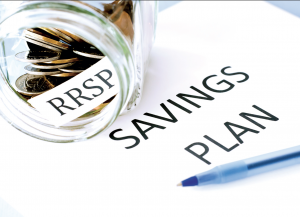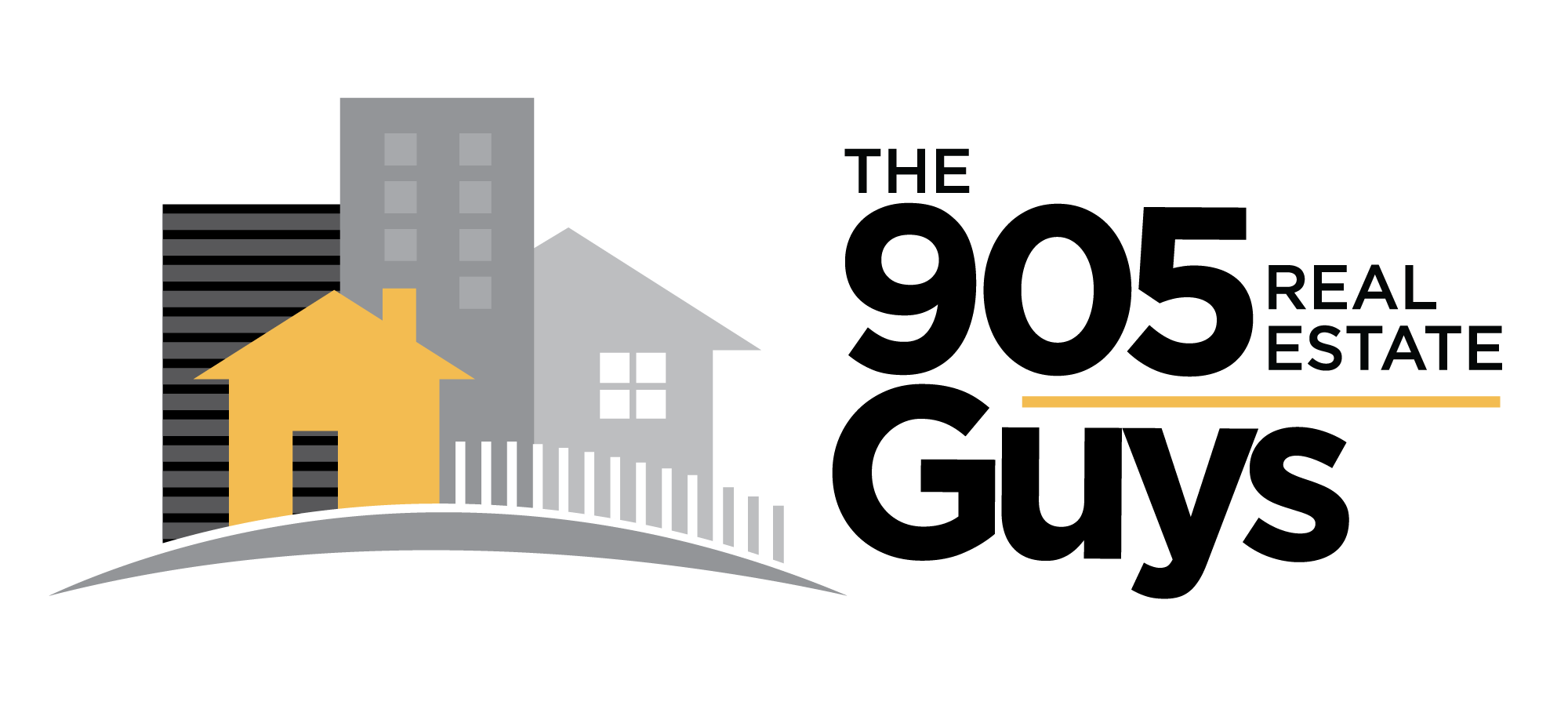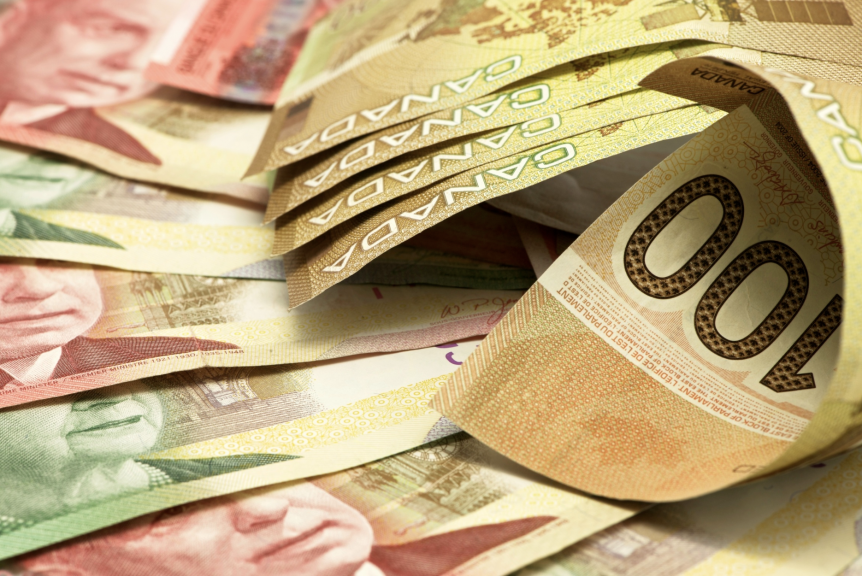We often get questions about down payments. So here is the lowdown on how much you need, and how you might get it.
How much do you need? It is not surprising that most Canadian homebuyers purchase a property with the absolute minimum downpayment. The thing is, the minimum can vary, so you want to be sure you know how it’s calculated.
Will you be living in the home? If the house will be owner-occupied, then you need 5% down for the first $500,000 of the purchase price, and 10% for any amount over $500,000 up to $999,999. If the purchase price is $1,000,000 or more, the minimum down is 20%.
Hoping to skip the cost of mortgage default insurance? Then you’ll need at least 20% down. Any downpayment less than 20% of the purchase price requires this insurance, which will be added to your mortgage principal.

Buying a rental or recreational property?If it’s not going to be your own principal residence, then you’ll need 20% down. Genworth and CMHC have a vacation/second home program that allows you to put 5% down but mortgage default insurance will be required. Rental properties require 20% down.
Are you new to Canada? If you’re a permanent resident, then you’ll need the same downpayment as a Canadian citizen: 5% for the first $500,000 and 10% after that. If you are a non-permanent resident, then you may need 10% down. And if you’re not a resident of Canada, then you’ll need at least 35% down from your own resources (not borrowed).
Smart ways to come up with a downpayment
If you’re looking to buy a second home, then your best path to a downpayment is often to refinance your existing home. A review of your situation is the best starting point.
If you’re saving for your first home, here are some ways to come up with the cash:
A financial gift: If you’re lucky enough to have financial support from a parent or other blood relative, you’ll need to get a form signed that says the funds are a gift and that you are not required to pay the money back at any time.

Your RRSP: You can withdraw up to $35,000 tax-free from your RRSP or $70,000 per couple. The recent federal budget increased this from $25,000 and also announced that in 2020, this program will be available to divorced individuals. You will be required to pay the funds back over 15 years.
TFSA/Investments: If you withdraw from your TFSA to boost your downpayment, you’re allowed to re-contribute, so you never lose your TFSA room. If you haven’t set up a TFSA, then do it today and set it up so the money goes in every month.
Early inheritance: Many parents and grandparents would rather help with the purchase of a home while they’re alive rather than having their children wait for an inheritance.

Sell assets: For instance, a vehicle, or jewelry. You need to show 3 months of bank statements to support your downpayment, and explain any large deposits.
Money from outside of Canada: If you’re bringing funds from outside of Canada, you’ll want to have those funds in Canada for at least 30 days before closing, and you’ll need to provide 3 months of financial history from the original account they came from.
Source: Bryan Guertin – Mortgage Intelligence
Need help navigating the Real Estate Market?
Contact THE 905 REAL ESTATE GUYS
We are here to help!
Sean Kavanagh 905.220.9198
Leo Manchisi 905.334.9650

